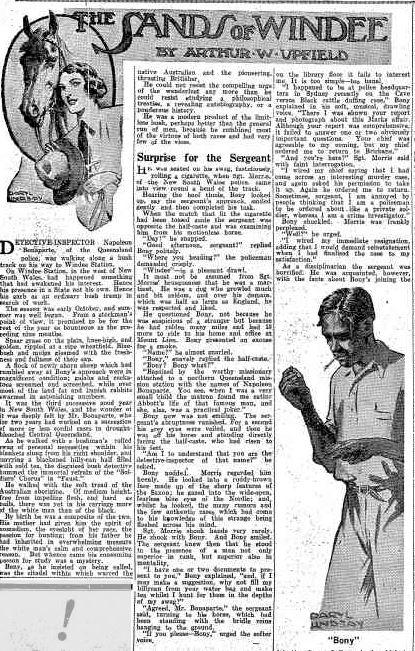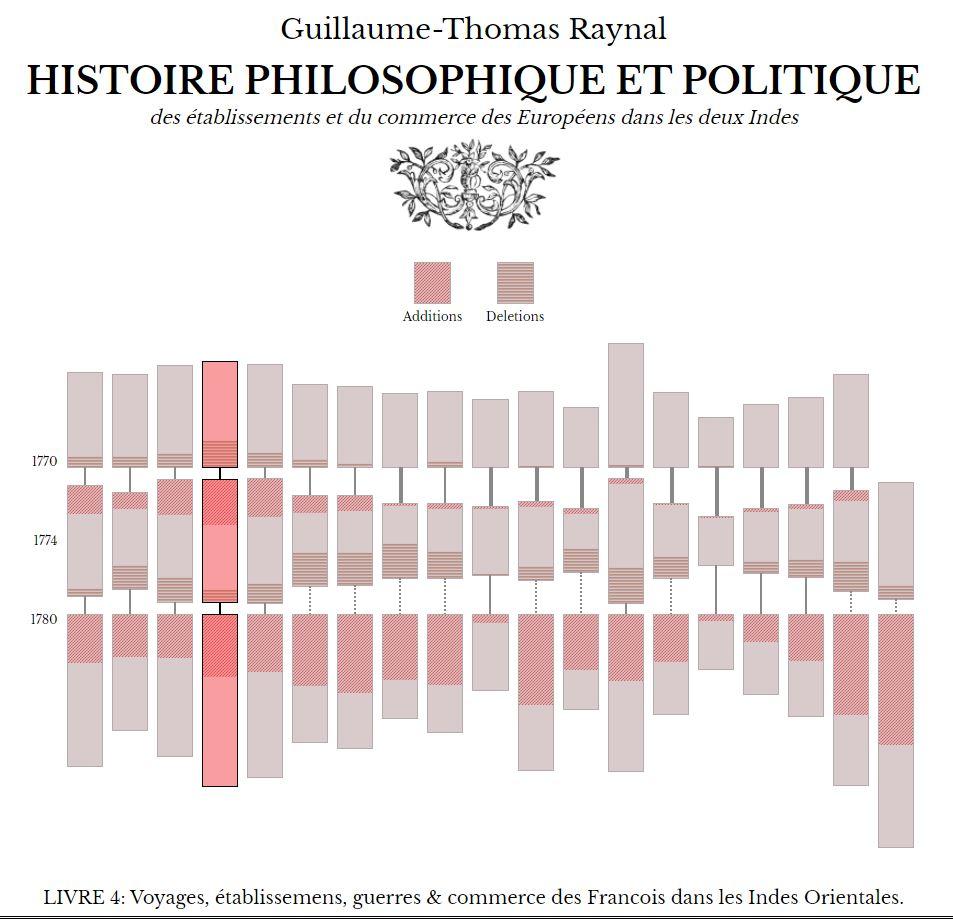Digital Humanities Projects
High impact, exciting, and fun digital humanities projects are highlighted here to provide inspiration and context. Exploring online projects can be a good introduction to methods and approaches, and a source of ideas. Over time, further examples from the University of Adelaide community will be added, watch this space!
-
To Be Continued...
To Be Continued… is a database featuring 19th and 20th century fiction published in Australian newspapers. Headed by literary historian Katherine Bode and bibliographer Carol Hetherington, the project used Trove’s search function and API to establish a database of over 21,000 novels, novellas and short stories.
Arthur W. Upfield’s ‘The Sands of Windee’ as published in South Australia’s News, January 1932.
Applying search terms such as 'serial', 'story', 'our author', 'tales and sketches', 'our novelist' and 'chapter’, the project utilised Trove to uncover approximately 21,000 lost and previously unrecorded works of fiction in publications that are digitised and stored in the Trove database. Works included those by well-known Australian authors, such as Catherine Martin, as well as previously unknown though prolific authors, such as John Silvester Nottage.
Using Trove, the project further enabled important insights into the development of early Australian literature. Katherine Bode further discusses the methods and outcomes of the project here.
The database is open to all to explore and encourages corrections to improve reliability and quality of texts. Researchers can also export data for large-scale computational analysis of fiction in historical Australian newspapers.
-
Visualising Raynal
Visualising Raynal is an experimental digital interface that maps and visualises the changes, additions and deletions author Guillame-Thomas Raynal made across three versions of his text ‘Histoire des deux Indes’.
Visualisation of changes, additions and deletions in editions of Guillame-Thomas Raynal's Histoire des deux Indes, accessible at http://cdhr-projects.anu.edu.au/raynal/
The project included the digitisation of the 1770, 1774 and 1780 editions of the text and aims to highlight the degree of similarity across all three editions at multiple scales. Using computational methods, researchers were able to reveal structures and connections in the vast document and created simple and interactive online diagrams to display findings.
The digitised text of all three editions is available online with a keyword search interface.


